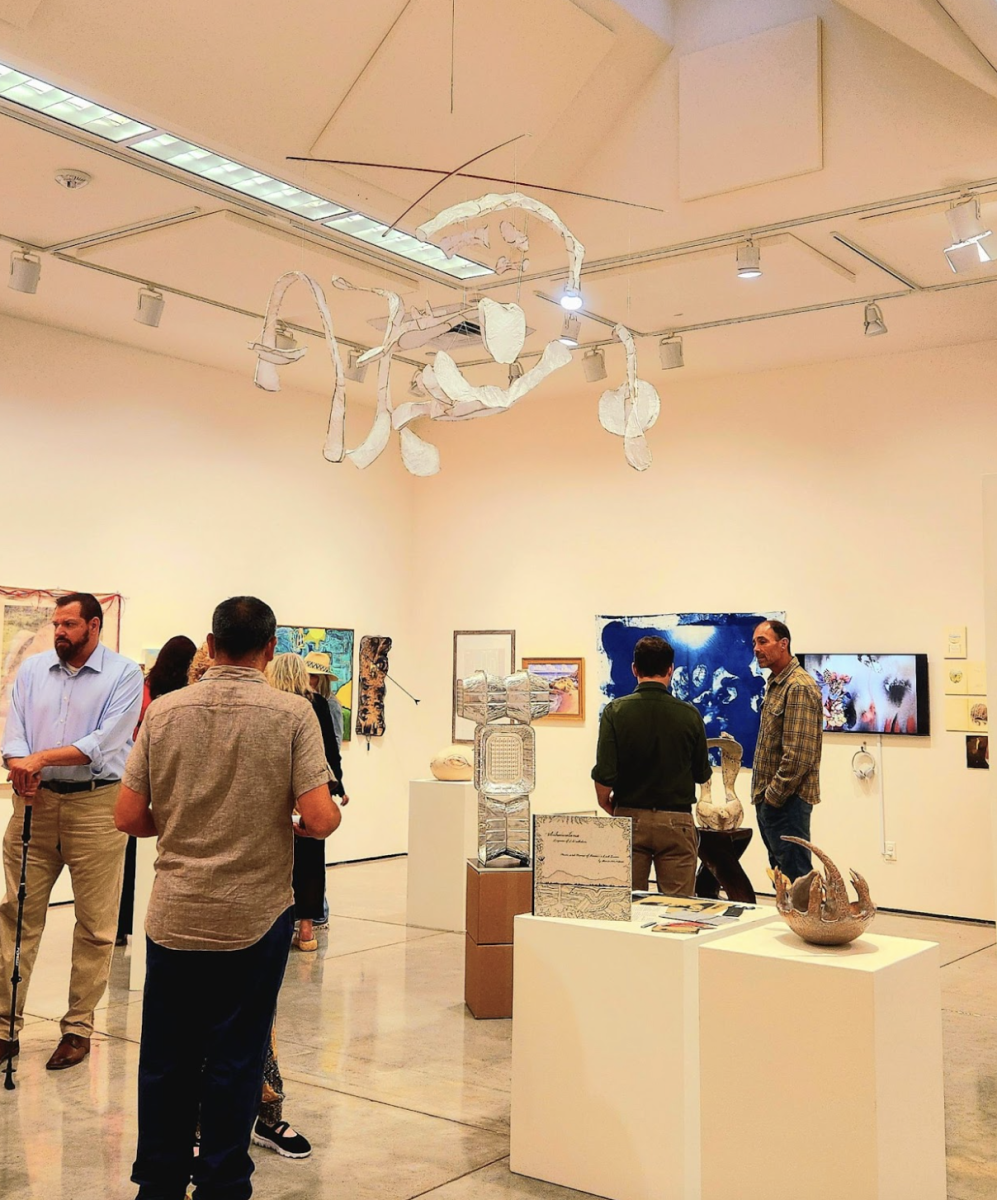Don Quixote and Sancho Panza, painted by HonoreÌ Daumier.
Artwork courtesy of the Yorck Project
By Conor Ney
A&E Editor
The stage was constructed within a cage, rusted iron beams confining the entire cast, as Miguel de Cervantes awaited prosecution for crimes against the Spanish Inquisition, but first he must face a jury of his peers: a mock trial litigated by his fellow prisoners.
The charges: being an idealist, a bad poet and an honest man.
“Man of La Mancha,†the musical which debuted in 1964 and has since had various award-winning Broadway revivals, was brought to Cuesta in a performance directed by bree valle (who does not capitalize her name), the artistic director of the Cuesta College’s Drama Program.
Performed in the CPAC’s Experimental Theater, the audience was crammed in for an intimate performance, with spectators lined up cross-legged upon the floor, just feet away from the iron grid wall, the stark dungeon in which the play is set.
Cervantes, played by a vibrant and spry Tony Costa, pleads guilty as charged, but in an attempt to encourage the leniency of the jury, he asks that he be allowed to explain himself. And thus, the plot is set in motion, Cervantes reaches for his manuscript to tell the tale of Don Quixote, that tragic idealist.
Assisted by the other inmates in reenacting the story, “Man of La Mancha†functions as a play within a play. Cervantes transforms himself with face paint and props into the elderly Quixote, and we are thrust into a defense of idealism.
We are quickly introduced to Aldonza, played with devastating sincerity by Allison King, a jaded kitchen maid-slash-prostitute whom Quixote views through rose colored lenses as the elegant and sophisticated woman of his dreams.
The choreographies’ graceful violence matches the unhinged optimism of Quixote. Prisoners dangle from the ceiling, while purple light illuminates those who are free, if only temporarily, in the dreamy testimony of the defendant. “Man of La Mancha†is a remarkably beautiful production.
In a time where disillusionment is more prevalent and in vogue than optimism, the celebration of idealism is a reminder that the dream is not dead, and will not die. In the final and most piercing moments of the play, after Quixote has dropped dead on the ground, Aldonza pleads to Sancho to remember:
“Don Quixote is not dead! Believe, Sancho, believe…â€




















